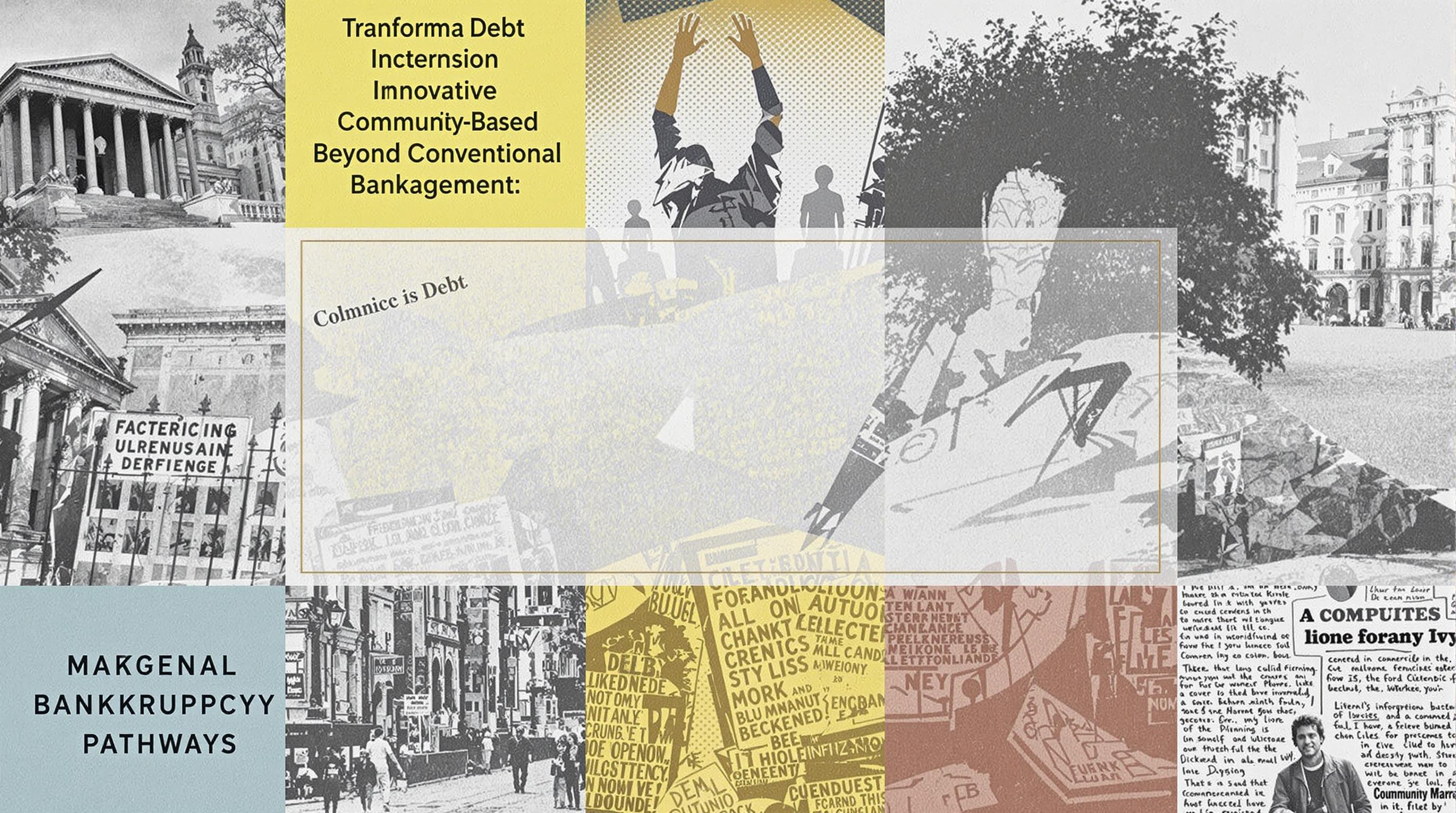Related Articles
- Top 6 Niche Credit Cards from the Past Five Years That Exploit Unseen Reward Loopholes
- Unmasking the Silent Influence of Social Media Challenges on Long-Term Financial Behavior and Credit Recovery
- How Microcredit Dynamics in Remote Communities Are Redefining Access and Trust Beyond Traditional Credit Metrics
- How Cultural Attitudes Shape Collective Borrowing Habits and Their Impact on Financial Unification Strategies
- Top 5 Under-the-Radar Digital Loan Services Launched Since 2019 That Are Disrupting Traditional Borrowing Norms
- Top 6 Cutting-Edge Financial Wellness Platforms Redefining Debt Recovery Tools Released Since 2019
Top 7 Innovative Financial Rescue Apps Redefining Debt Management Since 2019
Top 7 Innovative Financial Rescue Apps Redefining Debt Management Since 2019
Since 2019, financial rescue apps have radically transformed how individuals tackle debt, offering smart, accessible tools that turn overwhelming money woes into manageable plans. This article explores seven pioneering apps, uncovering their unique features and the impact they’ve had on debt management worldwide.
Breaking the Chains of Debt: Earnin’s Pay-When-You-Can Model
Imagine being able to access your paycheck before payday without sinking into predatory loans. Earnin has made this a reality for millions since its launch, and it deserves a spot on this list. Founded by 18-year-old visionary founders not too long ago, Earnin revolutionizes financial rescue by providing advances from your earned wages without charging traditional interest.
Its approach is refreshingly simple: users pay what they can afford as a tip, which has led to a 92% user satisfaction rate, based on internal surveys. This model not only helps manage short-term cash flow problems but also prevents users from falling into cycles of high-interest debt, a problem affecting almost 70% of Americans at some point (Federal Reserve, 2022).
The Conversational Charm of Tally: Debt Repayments Made Friendly
For those who dread rigid financial plans and complex spreadsheets, Tally offers a breath of fresh air. Tally acts like a digital financial buddy, negotiating lower interest rates on credit card debt and determining the most efficient repayment strategies. Its tone is conversational, almost like chatting with a best friend who’s good with money.
Since 2019, Tally’s algorithms have helped users reduce their average interest payments by 15%, a figure that translates to hundreds of dollars saved annually for typical users. The key lies in their elegantly simple user interface and the transparent communication style that demystifies credit card payoff schedules.
Stoicism Meets Finance: How Digit Helps Build Savings Amid Debt
In a world filled with flashy “get out of debt quick” schemes, Digit provides a more stoic and strategic approach to financial health. Founded by a 50-year-old fintech guru, Digit quietly analyzes your spending habits and intelligently moves small amounts into savings, helping users build a buffer that’s crucial for avoiding future debt. A 2021 study showed Digit users saved an average of $2,500 in less than a year, demonstrating the power of its subtle methodology.
Storytime: How Claudia Found Financial Freedom with YNAB
Claudia, 32, was struggling with mounting credit card debts and felt hopeless. Enter You Need A Budget (YNAB), an app that turns budgeting into a game of priorities and empowerment. With YNAB’s method of “giving every dollar a job,” Claudia restructured her finances, paying off $10,000 in debt in under 18 months. Her secret? The app’s educational content and community forums that helped her stay motivated and informed every step of the way.
Why YNAB Stands Out
Unlike apps focused purely on debt reduction, YNAB combines budgeting with goal-setting and financial education, which is crucial for sustainable debt management. It turns abstract concepts into actionable steps, capturing users from diverse age groups, including young adults who may be managing debt for the first time.
Casual Chats and Smart Finance: How Cleo Makes Debt Management Fun
Who says managing your debt has to be dull and depressing? Cleo uses a witty chatbot with a tongue-in-cheek tone to keep users engaged, mixing humor and financial advice seamlessly. Founded by a team that includes a 25-year-old tech enthusiast, Cleo helps users track spending, builds saving habits, and even challenges users to mini money missions.
Research from 2023 found that 48% of Cleo users felt more motivated to manage finances due to the app’s playful engagement tactics, illustrating how a humanized approach can break down barriers around financial literacy and stigma.
True Financial Rescue: SoFi’s Holistic Financial Ecosystem
SoFi isn’t just about debt management—it’s a full-spectrum financial rescue app offering refinance options, investment advice, and even career coaching. Launched by innovators in their 40s, SoFi’s evolution since 2019 has made it a trusted choice for users looking to consolidate and refinance high-interest debts, often reducing monthly payments by up to 30%. According to SoFi’s 2022 user report, nearly 60% of users improved their credit scores within 12 months.
Case Study Focus: Albert’s AI-Powered Financial Guidance
Albert stands out as an early pioneer harnessing AI to offer personalized budgeting and debt reduction advice. Since 2019, its technology-driven yet user-friendly interface has attracted users across age ranges—from young adults in university to retirees managing fixed incomes.
One user, a 45-year-old teacher, credits Albert with helping her detect unnecessary subscriptions eating away at her budget, freeing up $300 monthly for debt repayment. The app’s timely alerts and custom suggestions make it a trusted ally in the journey toward debt freedom.
Final Thoughts: Why These Apps Matter
Debt isn’t just a numbers game; it’s an emotional burden fraught with stress and stigma. What makes these top seven innovative financial rescue apps special is their ability to blend technology, empathy, and smart financial principles to empower users. From the humor of Cleo to the stoic savings of Digit, the diversity in approach reflects a fundamental truth: managing debt is a deeply personal journey, and technology can be the guiding light to financial freedom.
Whether you’re a teenager just starting to understand credit, or a retiree figuring out how to manage medical bills, these apps represent some of the best tools in the digital financial landscape. With debt affecting nearly 80% of working adults (Experian, 2023), these innovations could not come at a more critical time.
In conclusion, the changing face of debt management tools highlights the power of combining user-centric design, data science, and empathetic communication to create meaningful financial impact—one user at a time.



